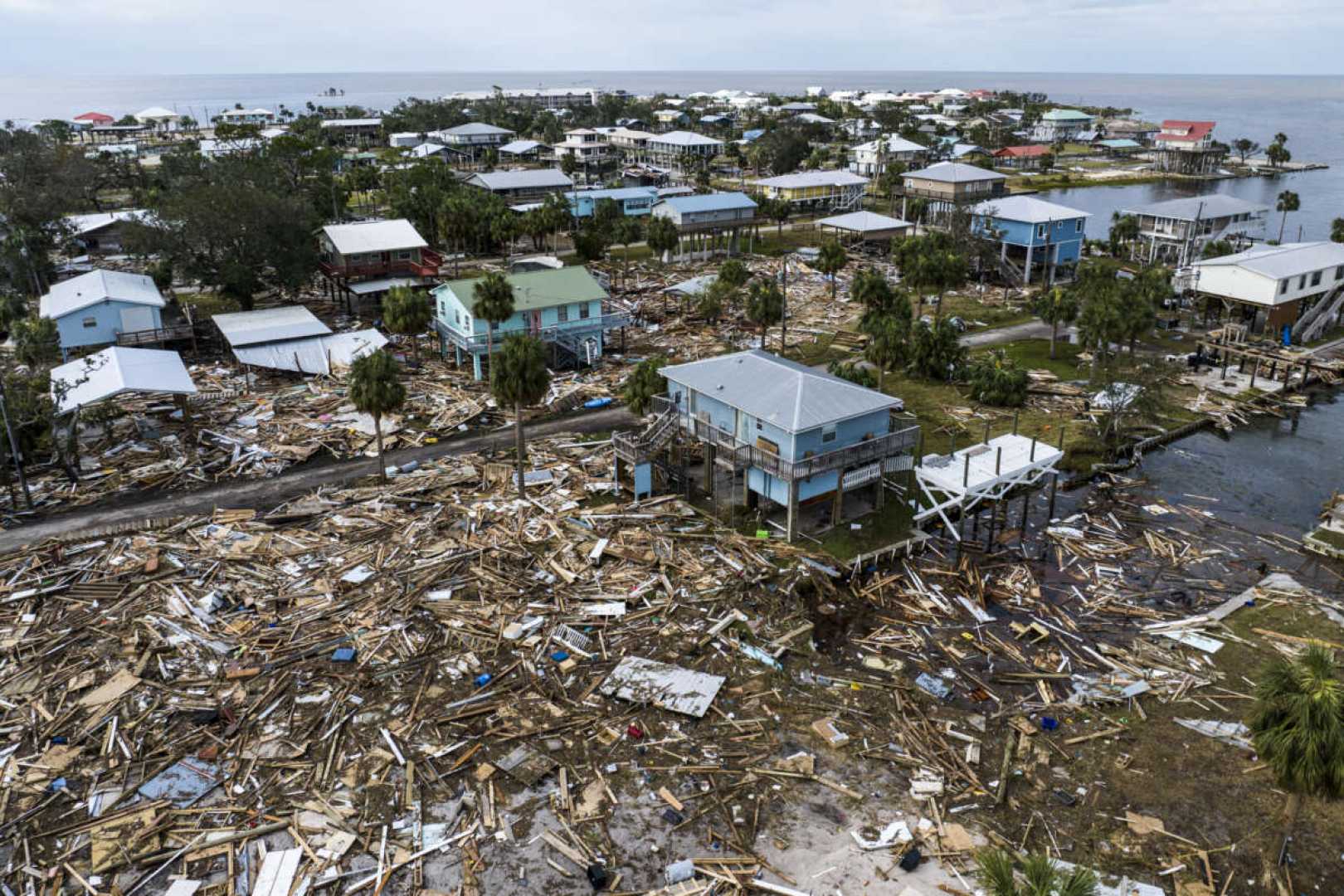News
Deadly Storms Claim Lives Across Southeastern U.S.

FRANKFORT, Ky. — At least 13 people have died following a series of powerful storms that resulted in flash flooding and downed trees across several southeastern states of the United States over the weekend. Kentucky Governor Andy Beshear confirmed that 11 fatalities occurred in his state alone after he declared a state of emergency.
In addition to the deaths in Kentucky, one person died in Georgia when an uprooted tree crashed through a house while the victim was lying in bed. West Virginia also reported one fatality, according to Governor Patrick Morrisey.
The severe weather impacted Kentucky, Georgia, Alabama, Mississippi, Tennessee, Virginia, West Virginia, and North Carolina, all of which were under some form of storm alert during the weekend. The same regions experienced catastrophic damage from Hurricane Helene in September, compounding the challenges they face.
Earlier announcements indicated that around 1,000 people required rescue from floodwaters in Kentucky. Meteorological data showed that some areas, particularly in Kentucky, received up to six inches of rain, resulting in substantial flooding as rivers swelled rapidly and roads became submerged.
“This is different and far worse than what we’ve experienced in recent years,” said Danny Laferty, a Knott County resident who is currently rebuilding his home from previous flooding. “I’m anxious I will lose everything again.”
Among the deceased victims in Kentucky were a mother and her seven-year-old child as well as a 73-year-old man. Thousands of homes were left without power during the storm, with the number of outages decreasing from hundreds of thousands to tens of thousands by early Monday, according to PowerOutage.us.
Governor Beshear has formally requested federal assistance from the White House for the affected regions. On Sunday, President Donald Trump approved the emergency disaster declaration, allowing the Federal Emergency Management Agency (FEMA) to facilitate disaster relief. This decision follows Trump’s earlier remarks suggesting an abolishment of FEMA.
In Tennessee, heavy rains led to a levee breach in Obion County, causing rapid flooding in affected areas. Footage shared on social media showed emergency responders in boats navigating through flooded neighborhoods, while local officials issued evacuation orders for the town of Rives.
“We are taking this situation seriously,” said Steve Carr, mayor of Obion County. “The conditions have warranted a state of emergency.” Concurrently, sports and local officials in West Virginia implemented emergency measures in over a dozen counties due to storm impacts.
Kristi Noem, head of the Department of Homeland Security, publicly reached out to affected state governors, offering immediate resources and support despite the complexity of emergency management.
Meanwhile, the weather front responsible for the devastation in the southeastern U.S. is now producing heavy snow in parts of Canada. The National Weather Service has also warned of the potential for record-breaking cold and dangerous wind chills affecting the central U.S. this week.












